Home>Furniture & Design>Bathroom Accessories>What To Do If Your Dog Drinks Toilet Bowl Cleaner
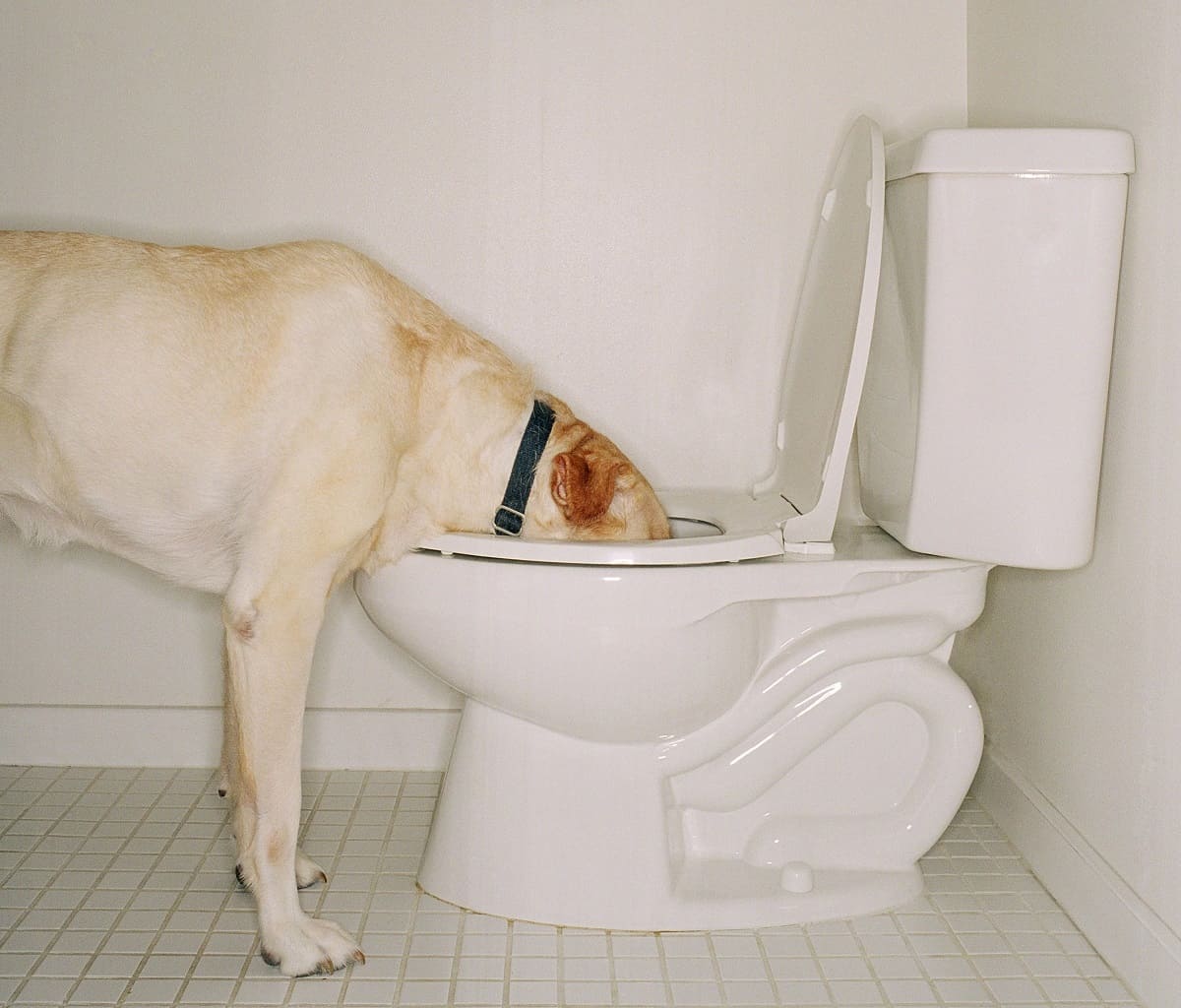

Bathroom Accessories
What To Do If Your Dog Drinks Toilet Bowl Cleaner
Modified: April 22, 2024
Learn how to handle a pet emergency if your dog ingests toilet bowl cleaner. Discover important tips and precautions for bathroom accessories safety.
(Many of the links in this article redirect to a specific reviewed product. Your purchase of these products through affiliate links helps to generate commission for Storables.com, at no extra cost. Learn more)
Introduction
Discovering that your dog has ingested toilet bowl cleaner can be a distressing and alarming situation for any pet owner. Toilet bowl cleaners contain a variety of chemicals, such as bleach, ammonia, and other harsh substances that can be toxic to dogs if ingested. As a responsible pet owner, it's crucial to be aware of the potential dangers associated with these household products and know how to respond effectively in such an emergency.
In this article, we will explore the signs of toilet bowl cleaner poisoning in dogs, immediate actions to take if you suspect your dog has ingested the cleaner, the importance of contacting a veterinarian for professional guidance, and essential measures to prevent similar incidents in the future. By understanding these key aspects, you can better equip yourself to protect your beloved canine companion and ensure their well-being in the face of such a hazardous situation.
Stay tuned as we delve into the critical information and steps necessary to handle a scenario where your dog has consumed toilet bowl cleaner. Your quick and informed response can make a significant difference in safeguarding your dog's health and minimizing the potential harm caused by the ingestion of toxic substances.
Key Takeaways:
- Act Fast!
If your dog drinks toilet bowl cleaner, act quickly. Remove them from the area, contact a vet, and avoid inducing vomiting. Swift action can save your furry friend’s life. - Prevent Accidents
Keep cleaning products out of reach, use pet-safe alternatives, and supervise your dog during cleaning. Being prepared and proactive can prevent future incidents.
Signs of Toilet Bowl Cleaner Poisoning in Dogs
The ingestion of toilet bowl cleaner by dogs can lead to a range of distressing symptoms and health complications. It's crucial for pet owners to be vigilant and recognize the signs of toilet bowl cleaner poisoning in dogs to take prompt action and seek appropriate medical attention. Here are the key indicators that may suggest your dog has been poisoned by toilet bowl cleaner:
-
Gastrointestinal Distress: Dogs that have ingested toilet bowl cleaner may exhibit symptoms of gastrointestinal distress, including vomiting, diarrhea, and abdominal pain. These signs often manifest shortly after the ingestion and can vary in severity depending on the quantity and type of cleaner consumed.
-
Oral and Throat Irritation: The corrosive nature of toilet bowl cleaners can cause irritation and burning sensations in the mouth, throat, and esophagus of dogs. This may result in excessive drooling, pawing at the mouth, and difficulty swallowing.
-
Respiratory Issues: Inhaling the fumes of toilet bowl cleaner or experiencing secondary exposure through grooming contaminated fur can lead to respiratory distress in dogs. This may present as coughing, wheezing, or labored breathing.
-
Lethargy and Weakness: Poisoning from toxic chemicals in toilet bowl cleaner can cause dogs to become lethargic, weak, and unresponsive. They may appear unusually subdued and lack their usual energy and enthusiasm.
-
Dehydration: The vomiting and diarrhea triggered by the ingestion of toilet bowl cleaner can lead to dehydration in dogs. Pet owners should monitor their dog's water intake and be alert to signs of decreased urination and dry mucous membranes.
-
Neurological Symptoms: In severe cases of poisoning, dogs may display neurological symptoms such as disorientation, seizures, and tremors. These indicate a critical situation requiring immediate veterinary intervention.
It's important to note that the severity and combination of symptoms can vary based on factors such as the type of cleaner ingested, the quantity consumed, and the individual dog's size and health status. If you observe any of these signs or suspect that your dog has come into contact with toilet bowl cleaner, it's crucial to take swift action to mitigate the potential harm and seek professional assistance from a veterinarian.
Immediate Actions to Take
Upon discovering or suspecting that your dog has ingested toilet bowl cleaner, swift and decisive actions are essential to minimize the potential harm and ensure the best possible outcome for your pet. Here are the immediate steps to take in response to this alarming situation:
-
Remove Your Dog from the Area: If you catch your dog in the act of consuming toilet bowl cleaner or suspect that they have done so, it's crucial to remove them from the contaminated area immediately. This helps prevent further exposure to the toxic substance and reduces the risk of additional ingestion or inhalation.
-
Prevent Access to Water: While it may be instinctive to offer your dog water to drink, it's important to avoid doing so in the case of toilet bowl cleaner ingestion. Some cleaners contain corrosive chemicals that can cause further damage when mixed with water. Refrain from inducing vomiting or administering any home remedies without professional guidance, as these actions can exacerbate the situation.
-
Contact a Poison Control Hotline: Reach out to a poison control hotline or an emergency veterinary service for immediate guidance. Provide specific details about the type of cleaner ingested, the quantity, and your dog's current symptoms. This information will assist the professionals in assessing the situation and advising you on the next steps to take.
-
Observe and Document Symptoms: While awaiting professional assistance, closely monitor your dog's symptoms and behavior. Document any observed signs of distress, including vomiting, diarrhea, respiratory issues, and changes in activity level. This information will be valuable for the veterinarian in evaluating the severity of the situation.
-
Keep Calm and Reassure Your Dog: Dogs are highly attuned to their owners' emotions, and remaining calm can help alleviate their stress and anxiety during this challenging time. Offer gentle reassurance and keep your dog comfortable while awaiting professional help.
-
Secure the Cleaner and Packaging: If possible, secure the toilet bowl cleaner container and any remaining product to provide accurate information to the veterinarian. Knowing the specific ingredients and concentration of the cleaner can aid in determining the appropriate treatment for your dog.
-
Avoid Delay and Seek Veterinary Care: Time is of the essence in cases of potential poisoning. As soon as you have sought guidance from a poison control hotline or emergency veterinary service, proceed to a veterinary clinic or hospital for immediate evaluation and treatment. Transport your dog safely, and if possible, notify the veterinary facility in advance to expedite their care upon arrival.
By taking these immediate actions, you can effectively respond to the emergency of toilet bowl cleaner ingestion and prioritize your dog's well-being. Remember that professional veterinary care is crucial in such situations, and seeking prompt assistance is paramount to ensuring the best possible outcome for your beloved canine companion.
If your dog drinks toilet bowl cleaner, immediately call your veterinarian or animal poison control for guidance. Do not induce vomiting unless instructed by a professional. Keep the product label handy for reference.
Contacting a Veterinarian
Upon suspecting or confirming that your dog has ingested toilet bowl cleaner, contacting a veterinarian is a critical step in ensuring the proper and timely medical intervention necessary to address the potential poisoning. Veterinary professionals possess the expertise and resources to assess the situation, provide tailored guidance, and administer appropriate treatment to mitigate the harmful effects of the toxic ingestion.
When reaching out to a veterinarian after a suspected case of toilet bowl cleaner poisoning, it's essential to convey the details of the incident with clarity and accuracy. Be prepared to provide specific information, including the type of cleaner ingested, the quantity, and the time of ingestion. Additionally, describing your dog's current symptoms and any observed changes in behavior can aid the veterinarian in evaluating the severity of the situation and determining the appropriate course of action.
In some cases, the veterinarian may recommend immediate actions to be taken at home while en route to the clinic or hospital. This could include measures to prevent further absorption of the toxic substances or to alleviate specific symptoms. Following their instructions diligently can contribute to the overall management of the situation and the well-being of your dog.
Upon arrival at the veterinary facility, the staff will conduct a thorough assessment of your dog's condition, which may involve physical examinations, diagnostic tests, and monitoring vital signs. Based on the information provided and the clinical evaluation, the veterinarian will formulate a treatment plan tailored to address the specific effects of the toilet bowl cleaner ingestion on your dog's health.
Treatment for toilet bowl cleaner poisoning in dogs may encompass various interventions, such as decontamination procedures, supportive care to address gastrointestinal distress and dehydration, administration of antidotes if applicable, and close monitoring of vital functions. The veterinarian will prioritize stabilizing your dog's condition and minimizing the potential long-term impact of the poisoning.
In severe cases where the ingestion has led to significant toxicity and complications, your dog may require hospitalization for intensive care and ongoing observation. The veterinary team will work diligently to provide the necessary medical support and ensure the best possible outcome for your pet.
It's important to emphasize that contacting a veterinarian promptly is imperative in cases of potential poisoning, as delays can exacerbate the severity of the situation. By seeking professional veterinary care without delay, you demonstrate a proactive commitment to your dog's health and well-being, allowing the veterinary team to intervene effectively and provide the necessary medical attention to address the consequences of the toxic ingestion.
Remember, the expertise and guidance of a veterinarian are invaluable in navigating through the challenges posed by toilet bowl cleaner poisoning in dogs, and their professional intervention is instrumental in safeguarding your dog's health and facilitating their recovery from this distressing incident.
Preventing Future Incidents
Preventing future incidents of toilet bowl cleaner poisoning in dogs requires proactive measures and a heightened awareness of the potential hazards posed by household cleaning products. By implementing the following strategies, pet owners can significantly reduce the risk of their dogs coming into contact with toxic substances and minimize the likelihood of accidental ingestion:
-
Secure Storage: Store all cleaning products, including toilet bowl cleaners, in secure cabinets or areas that are inaccessible to pets. Utilize childproof locks or elevated storage to prevent dogs from gaining access to these potentially harmful substances.
-
Alternative Products: Consider using pet-safe and environmentally friendly cleaning alternatives that pose minimal risks to pets if accidental exposure occurs. There are numerous pet-friendly cleaning solutions available that effectively clean and disinfect without the use of harsh chemicals.
-
Supervision and Restriction: When cleaning the bathroom or using toilet bowl cleaner, ensure that your dog is safely confined to another area of the home or supervised closely to prevent them from encountering the cleaning process or accessing the treated areas.
-
Rinsing and Ventilation: After using toilet bowl cleaner or any cleaning product, thoroughly rinse the treated surfaces to remove residual chemicals. Adequate ventilation during and after cleaning can help dissipate fumes and minimize the risk of inhalation by pets.
-
Educational Awareness: Educate family members and visitors about the potential dangers of certain household cleaners, emphasizing the importance of keeping these products out of reach of pets. Promote a collective understanding of the risks and the shared responsibility in safeguarding the well-being of the household pets.
-
Emergency Preparedness: Keep the contact information for poison control hotlines and emergency veterinary services readily accessible. Being prepared to seek immediate guidance in the event of accidental exposure or ingestion can expedite the response and minimize the impact of the situation.
-
Regular Veterinary Consultations: Schedule routine veterinary check-ups to monitor your dog's health and discuss any concerns related to potential household hazards. Veterinarians can provide tailored advice on pet-safe cleaning practices and recommend suitable products for maintaining a pet-friendly environment.
By integrating these preventive measures into your household routines and maintaining a vigilant approach to pet safety, you can create a secure and pet-friendly living environment that mitigates the risks associated with toxic household cleaners. Proactive prevention is key to safeguarding your dog's well-being and fostering a safe and harmonious living space for both pets and their human companions.
Frequently Asked Questions about What To Do If Your Dog Drinks Toilet Bowl Cleaner
Was this page helpful?
At Storables.com, we guarantee accurate and reliable information. Our content, validated by Expert Board Contributors, is crafted following stringent Editorial Policies. We're committed to providing you with well-researched, expert-backed insights for all your informational needs.
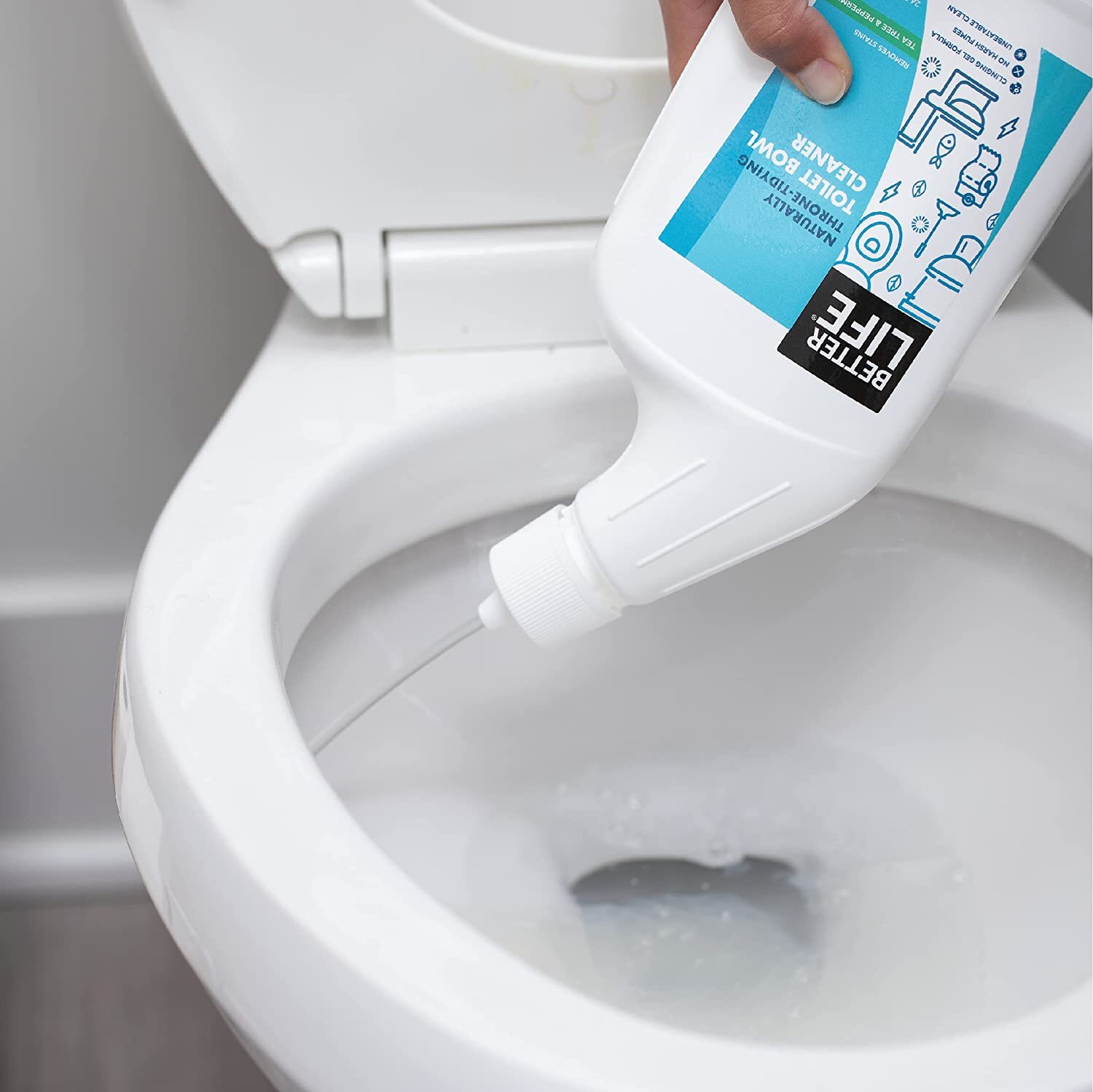
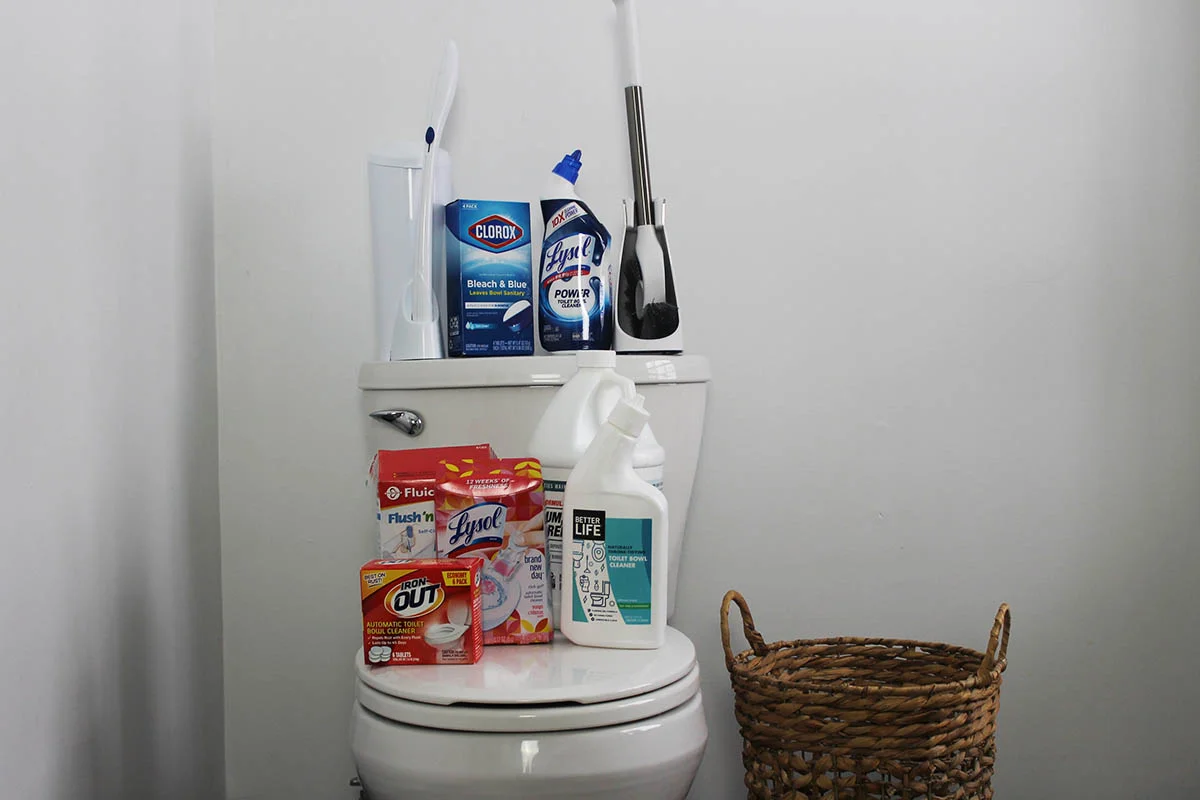
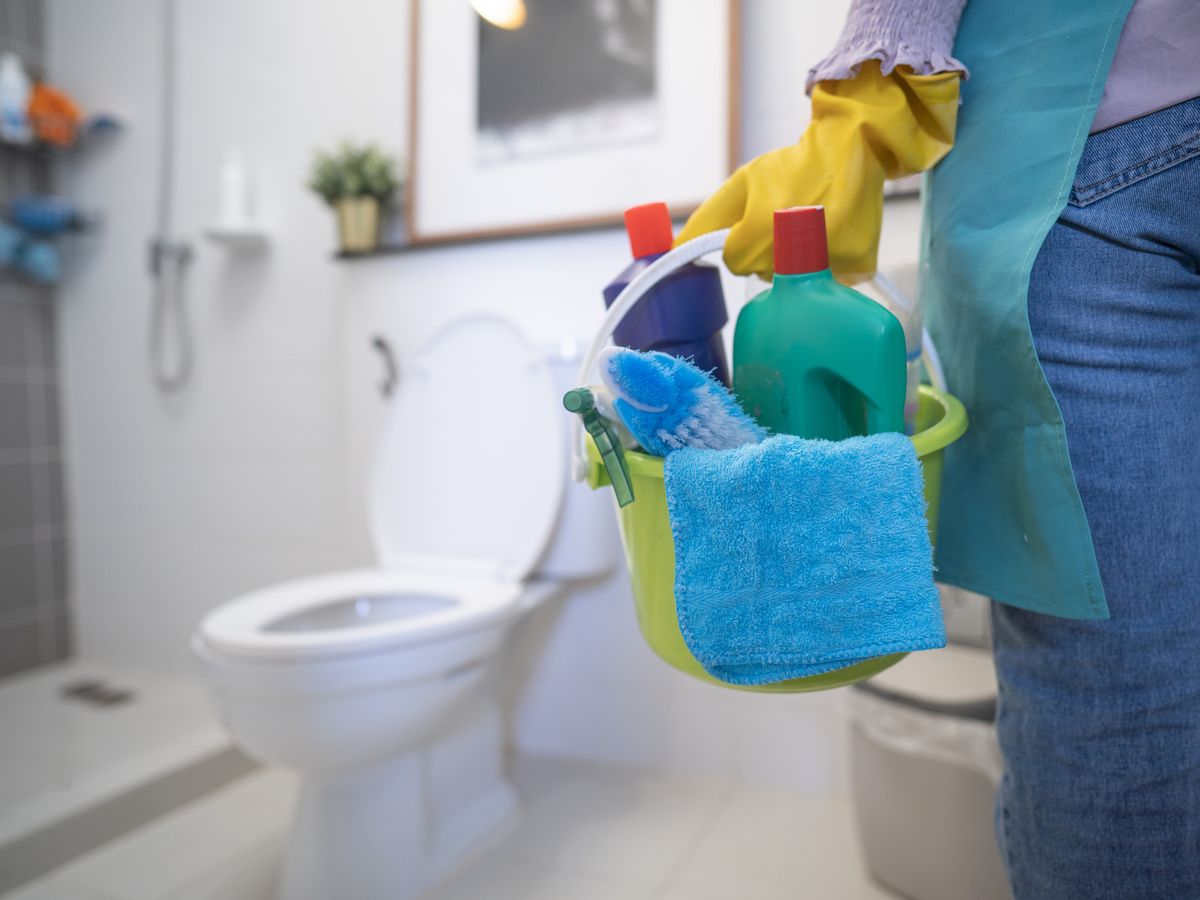
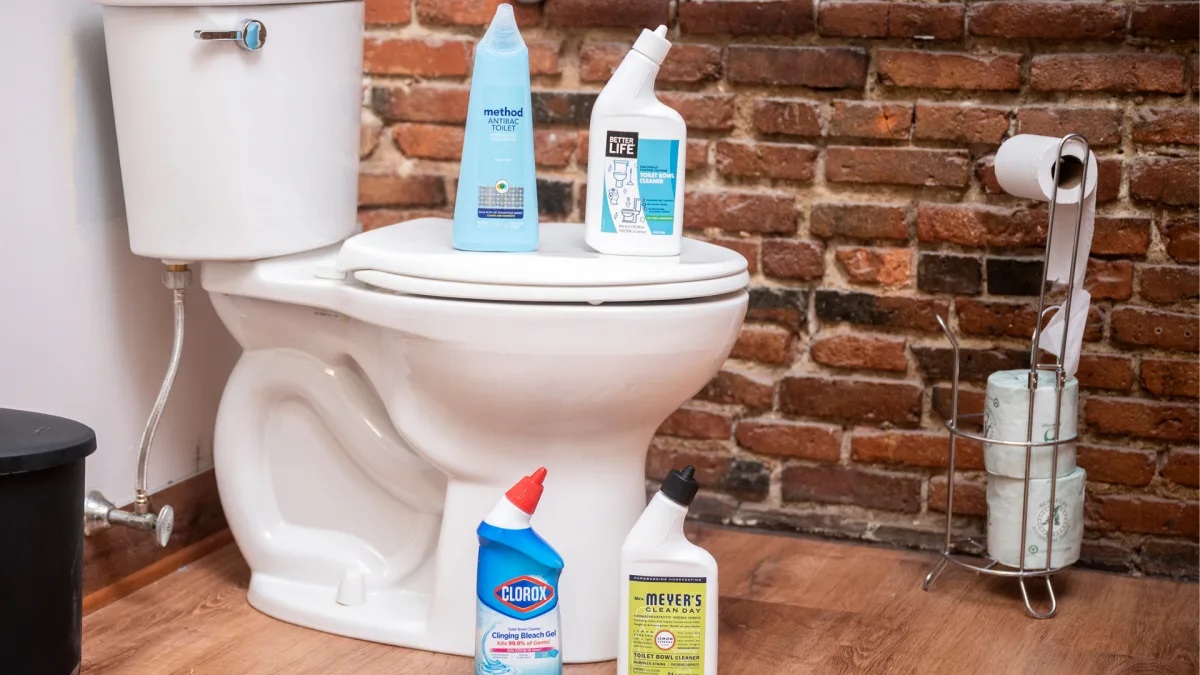
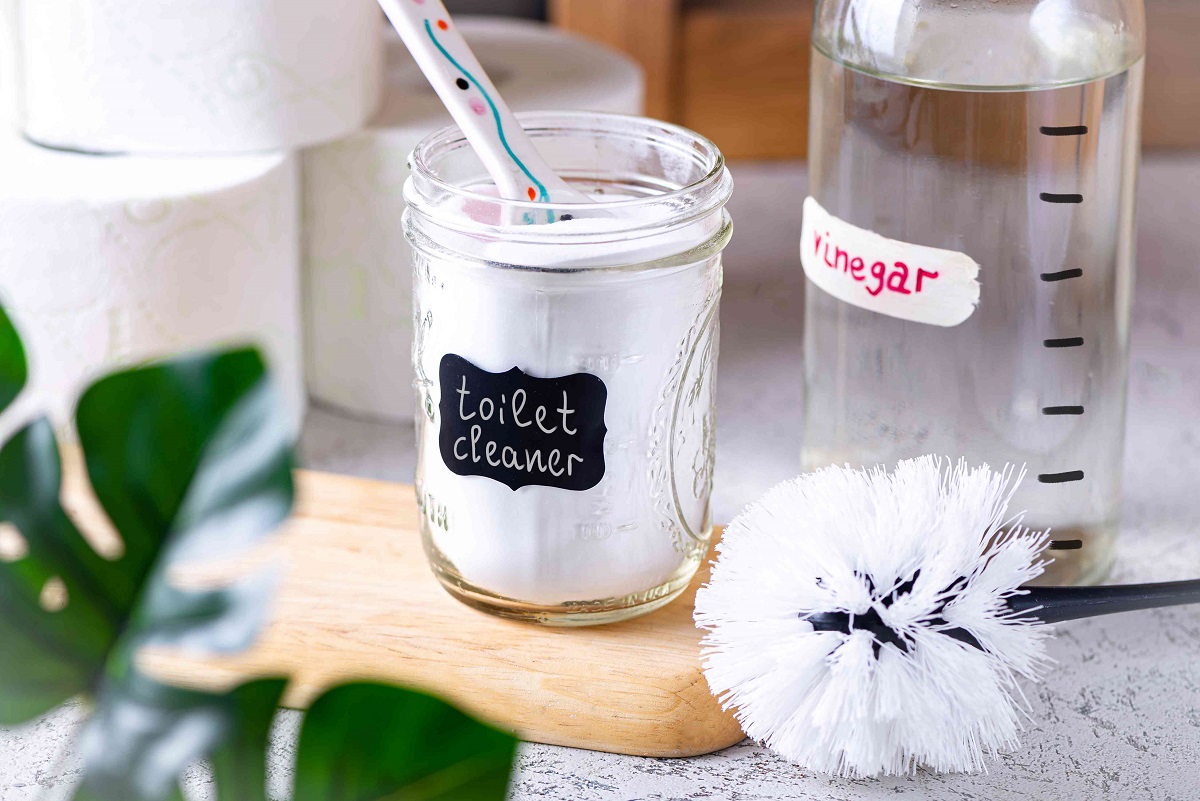
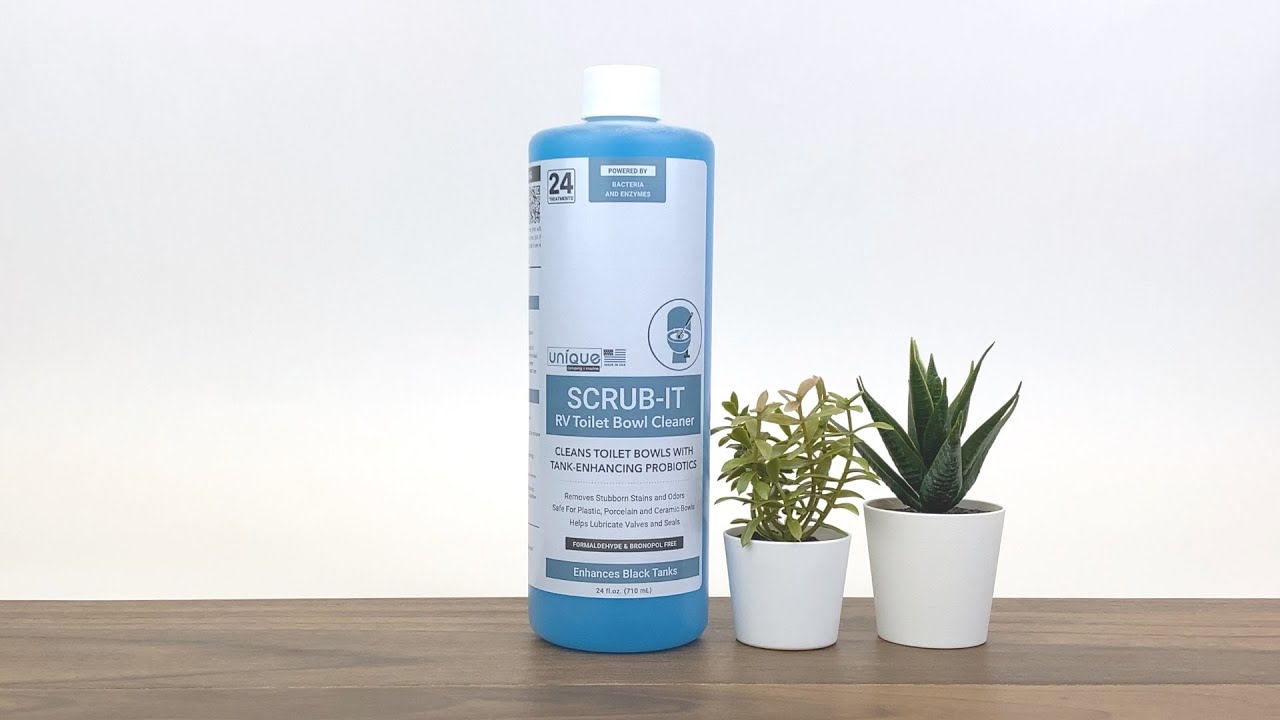
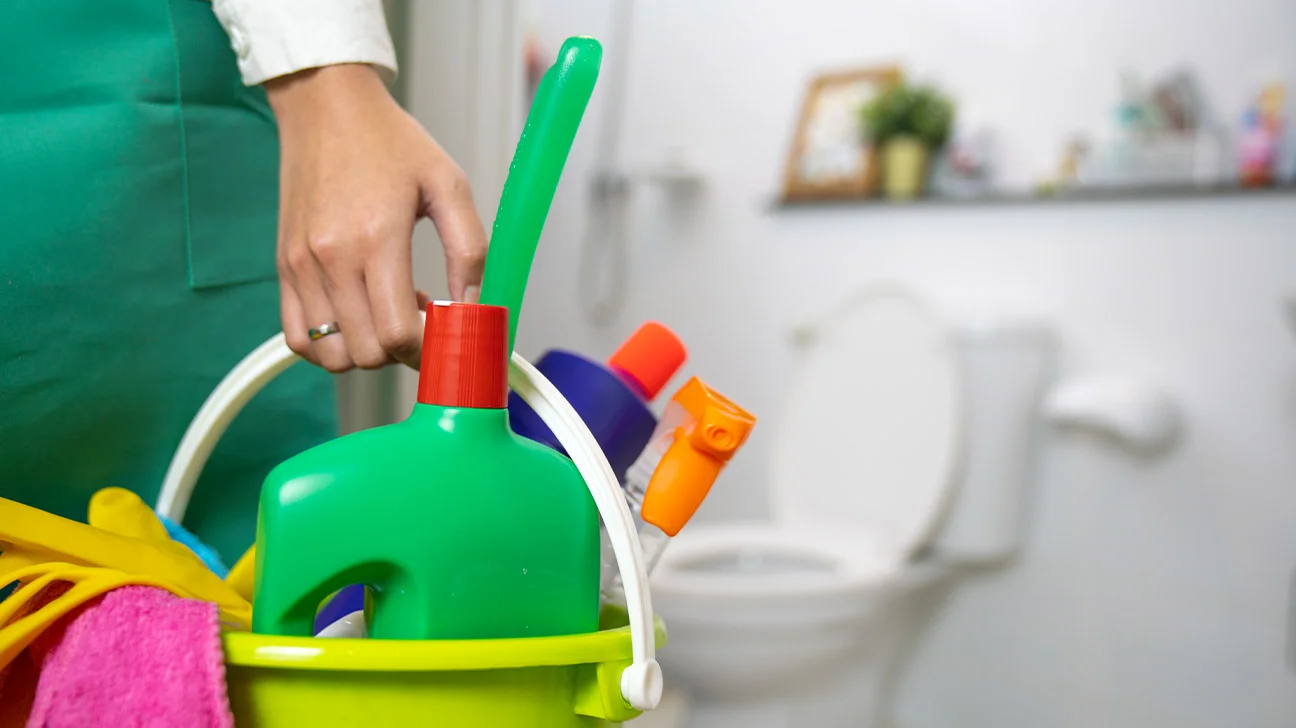
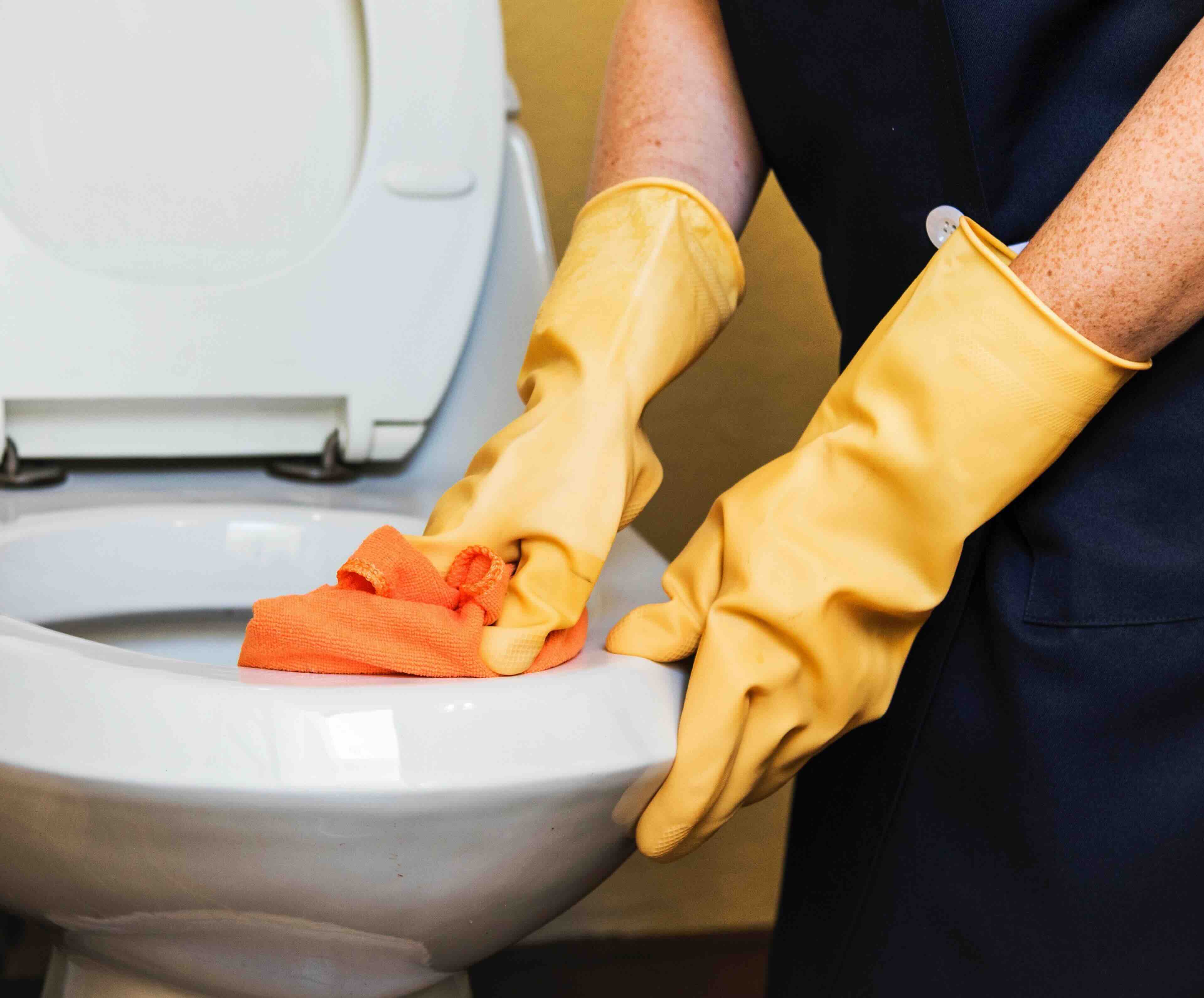
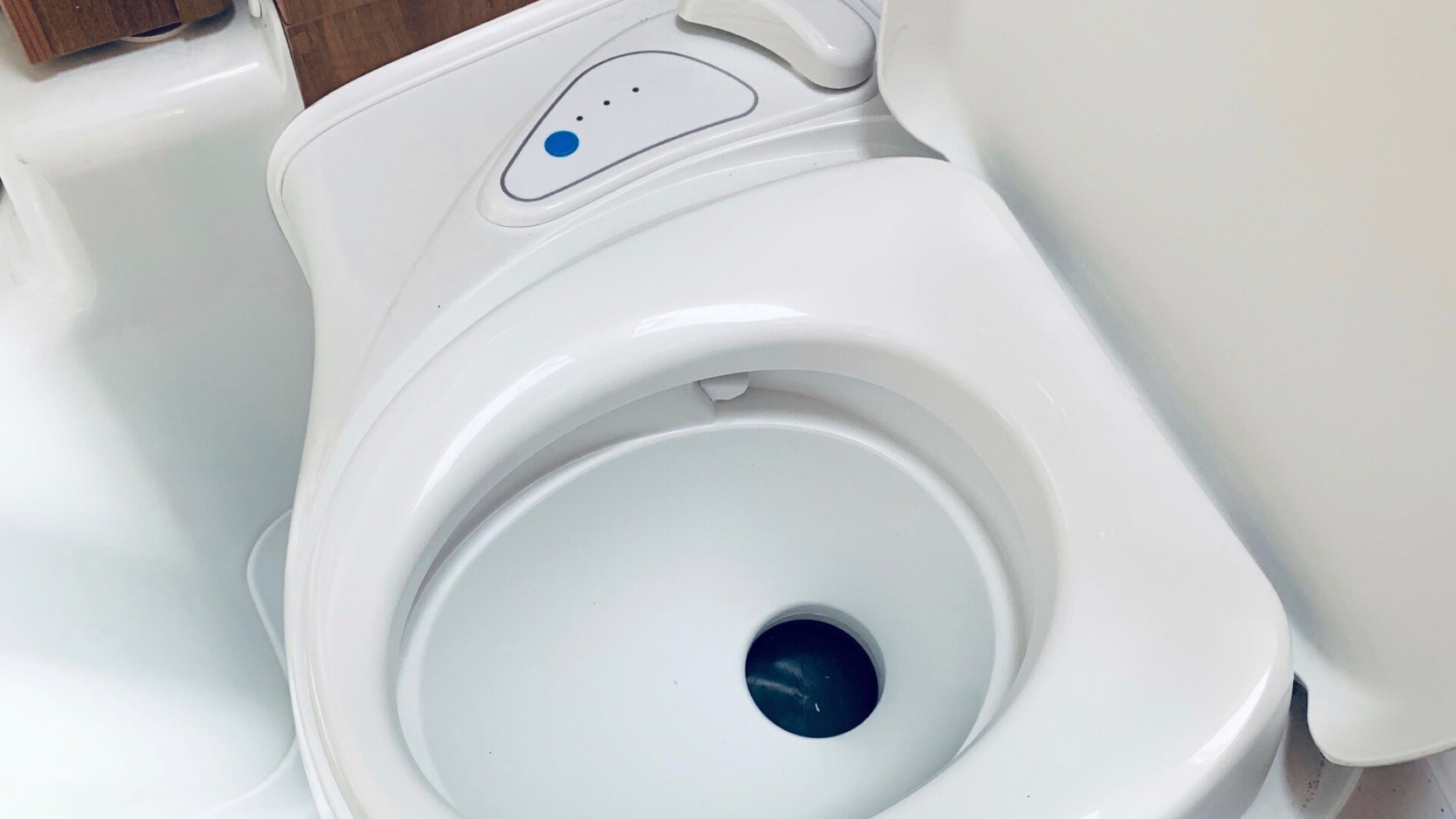
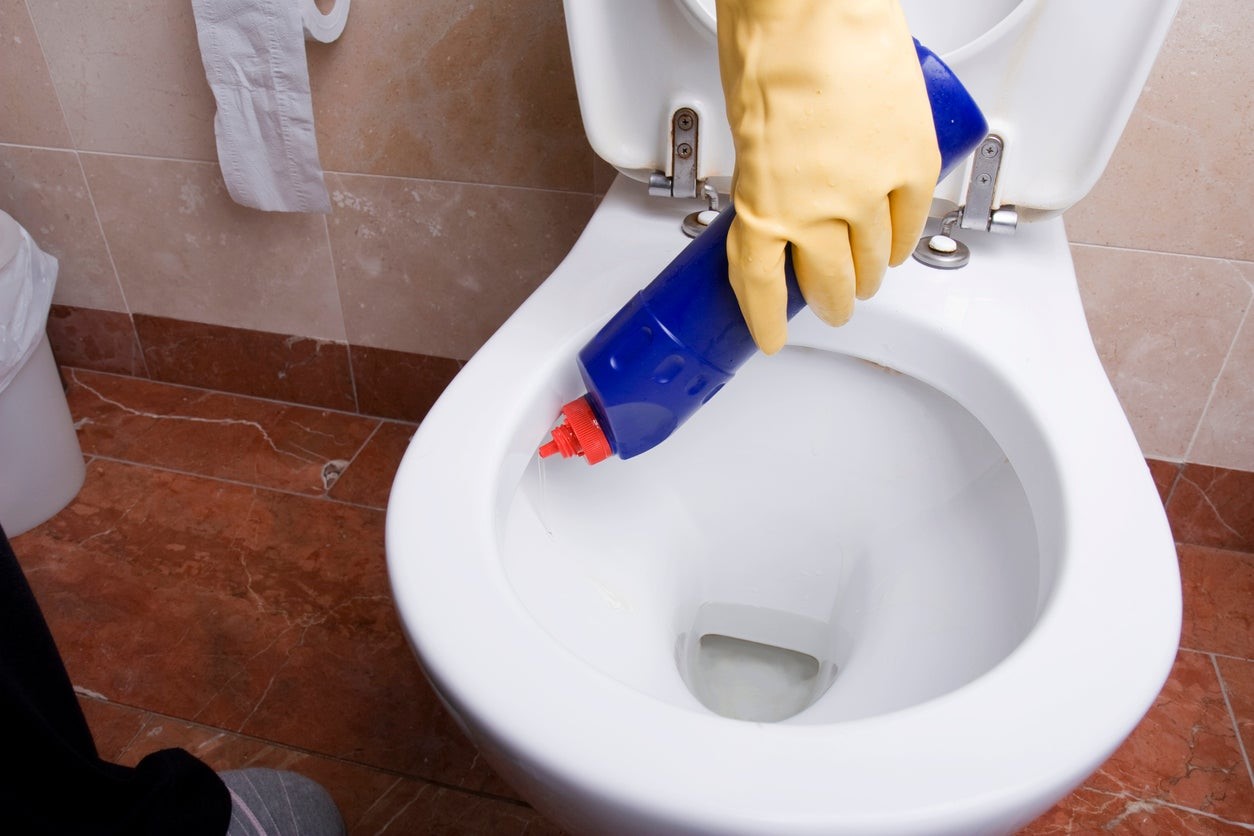
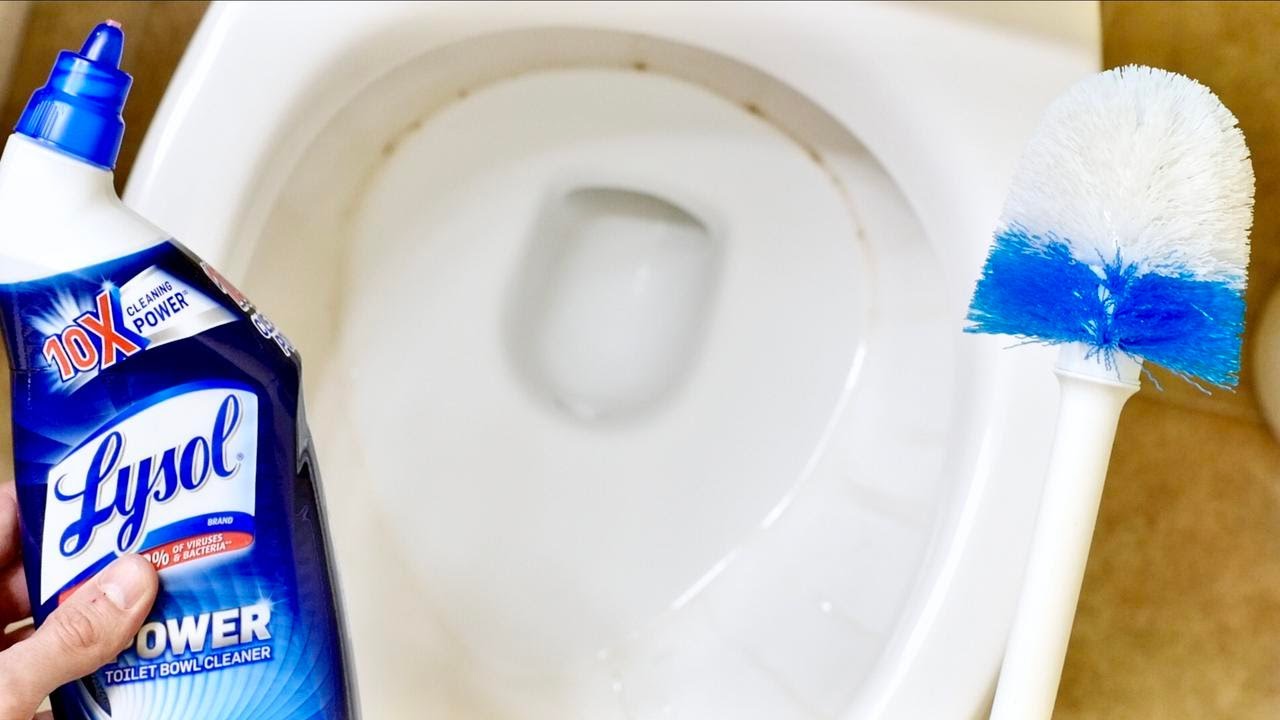
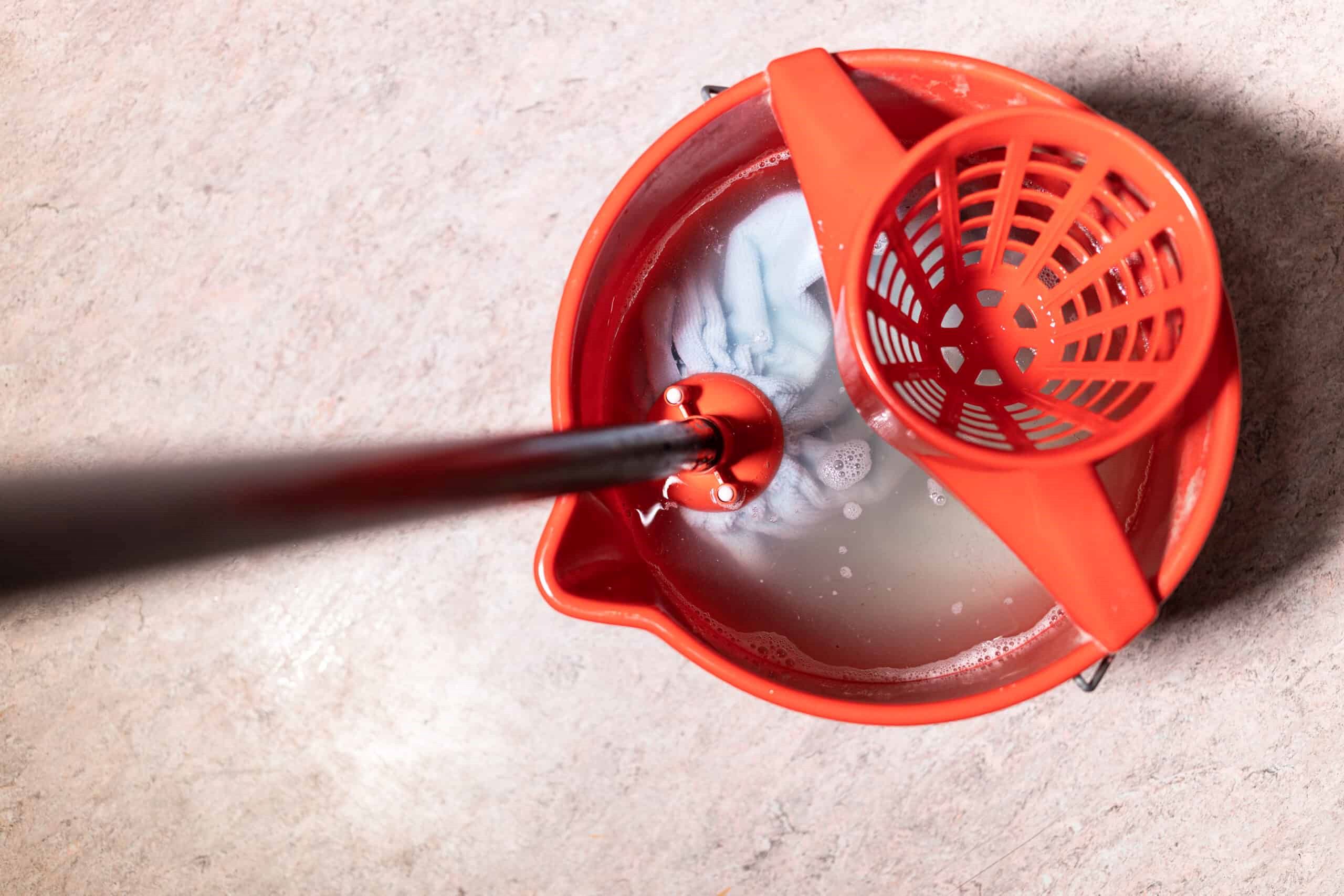
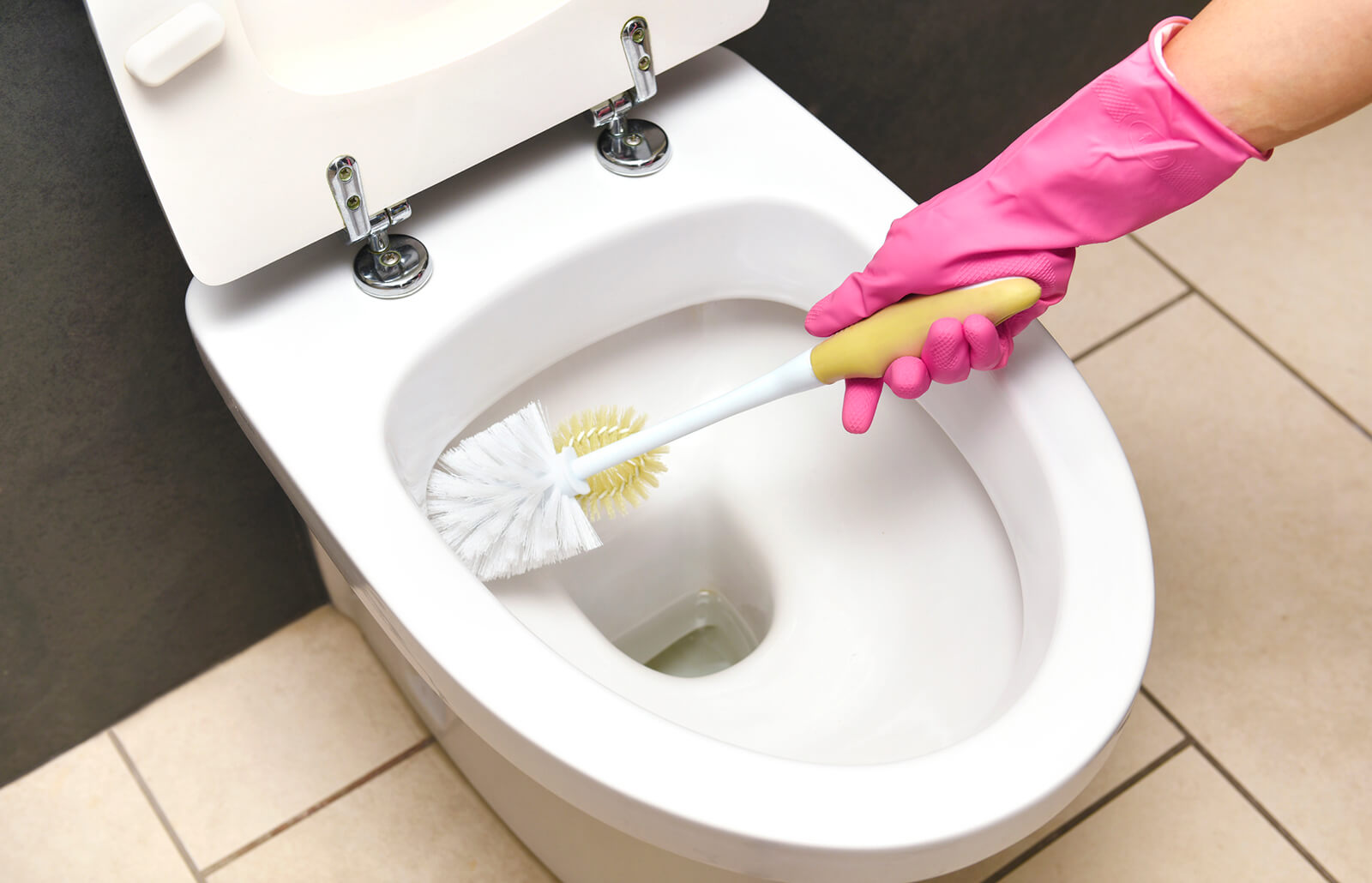
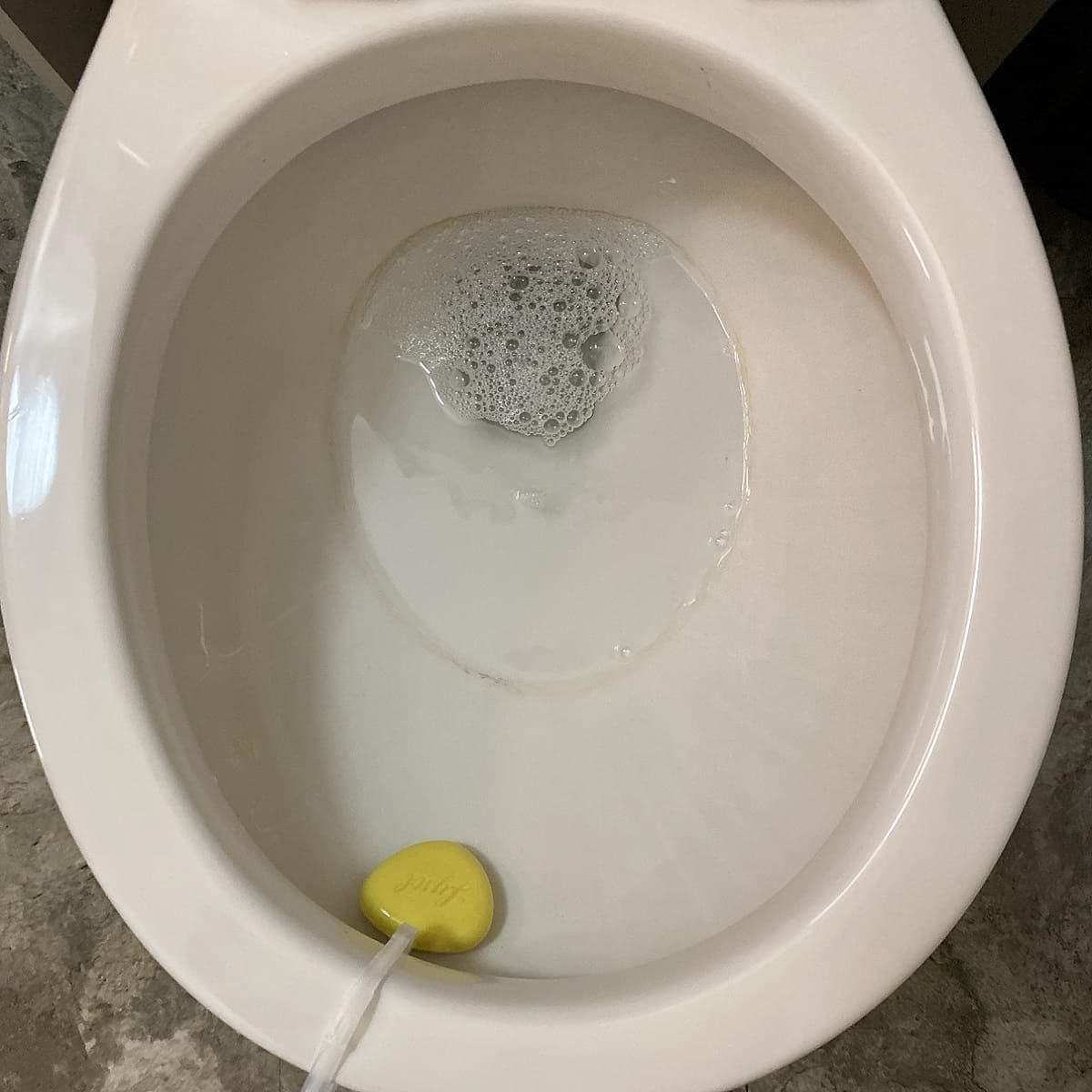
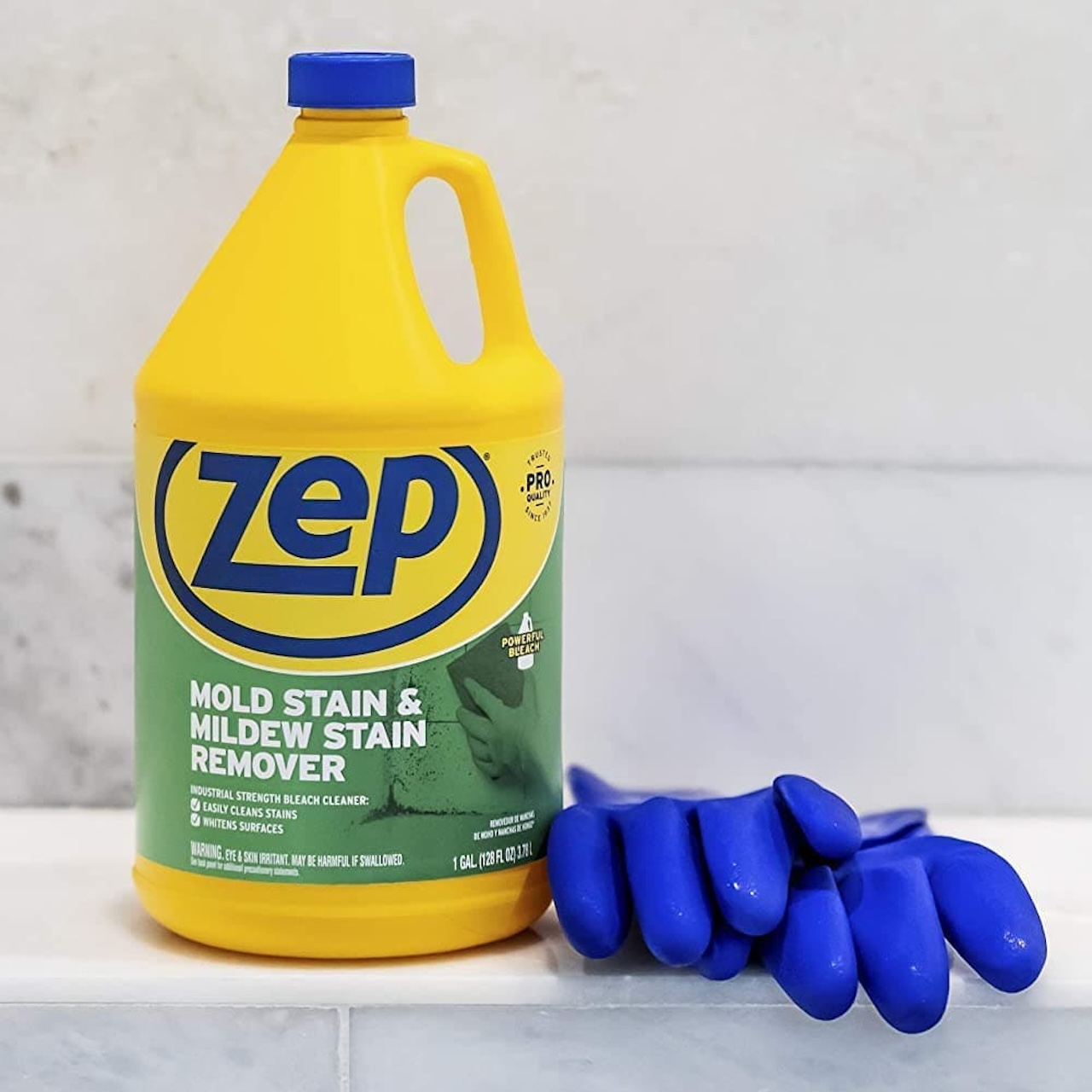

0 thoughts on “What To Do If Your Dog Drinks Toilet Bowl Cleaner”